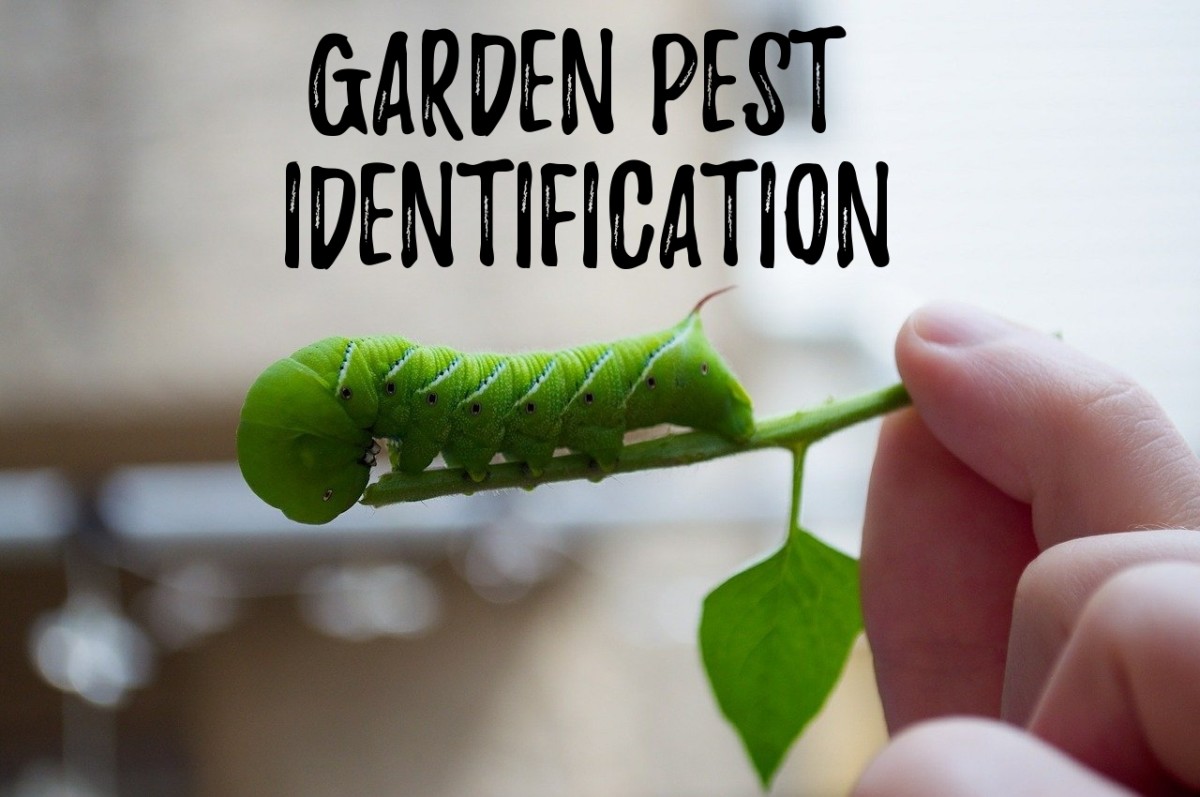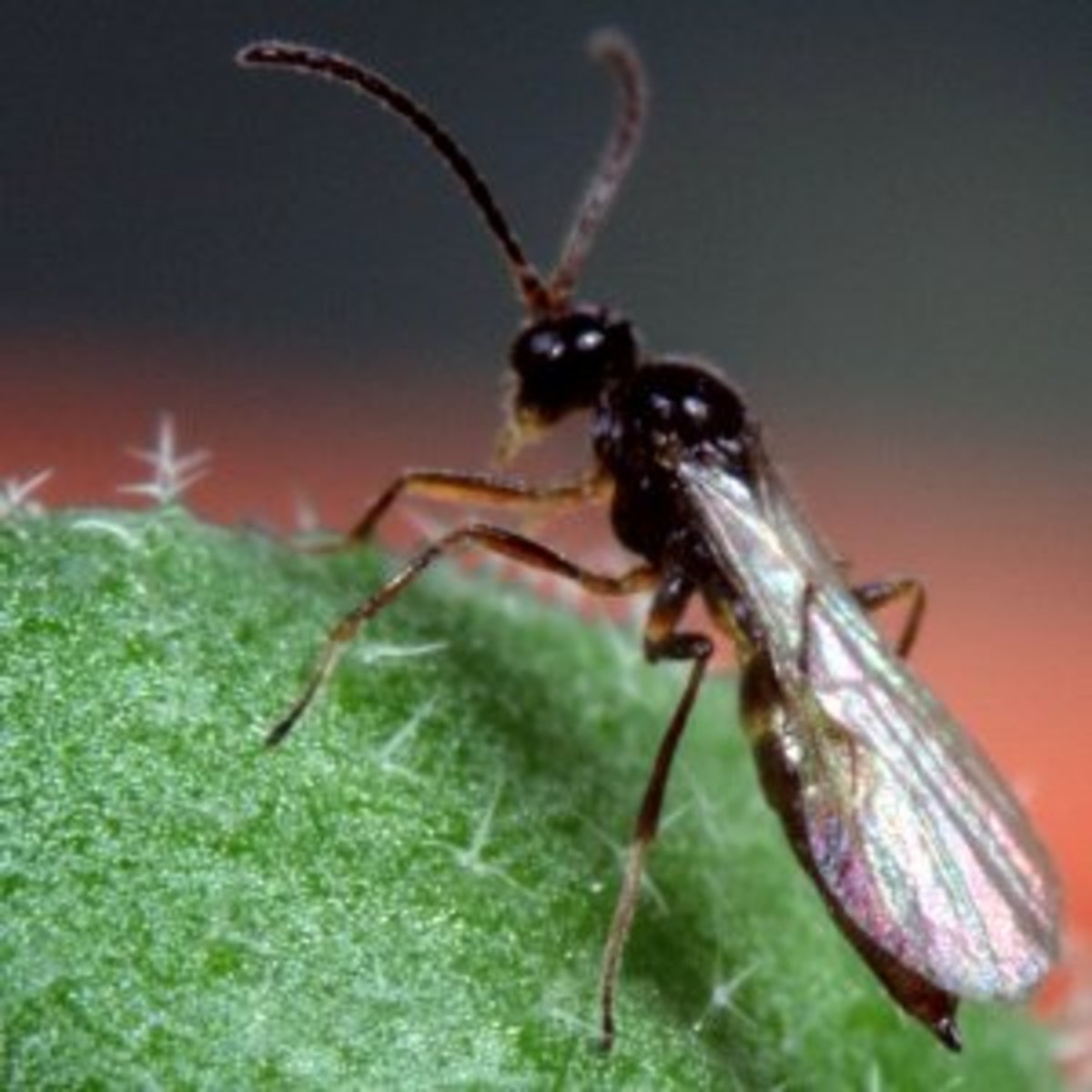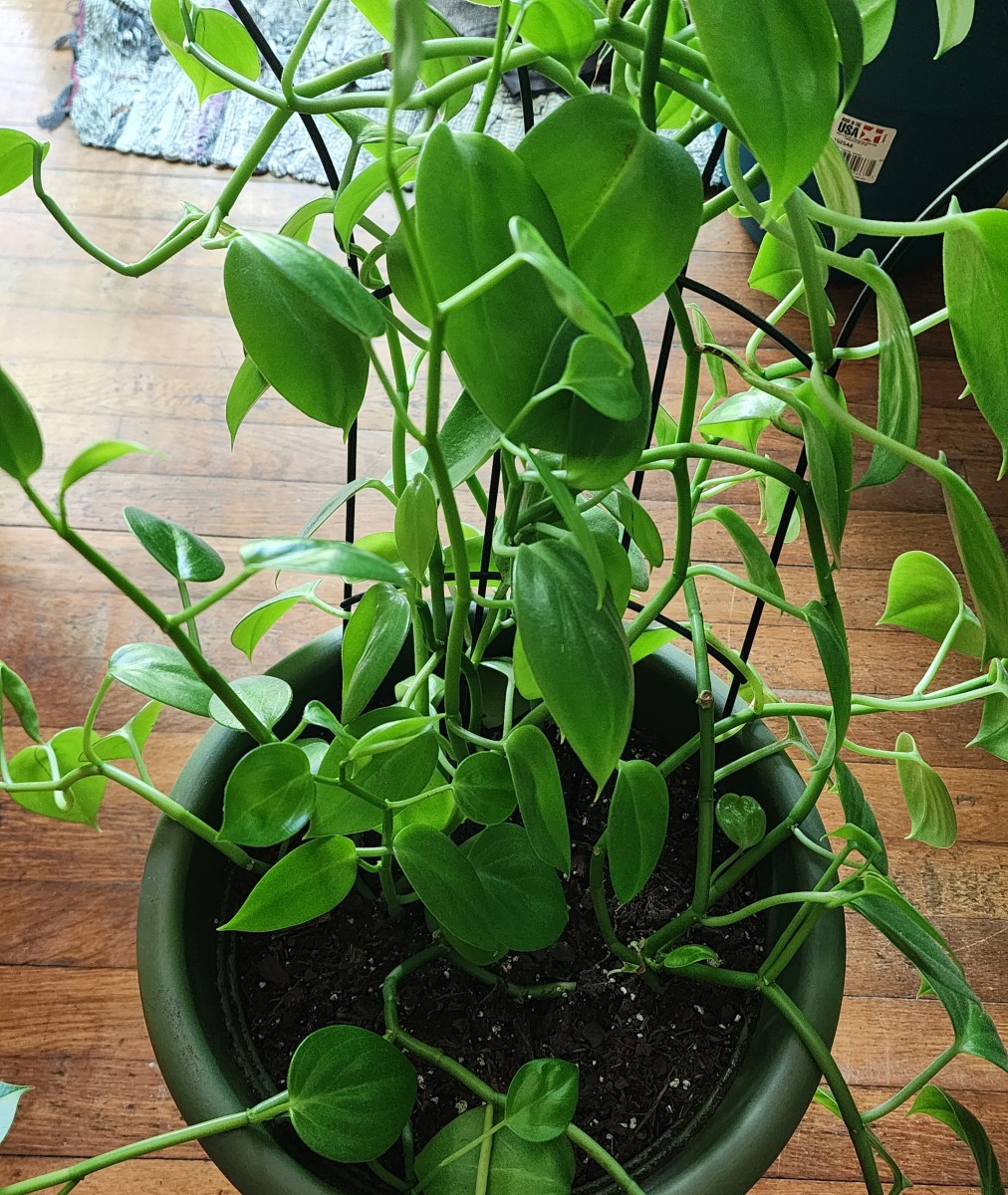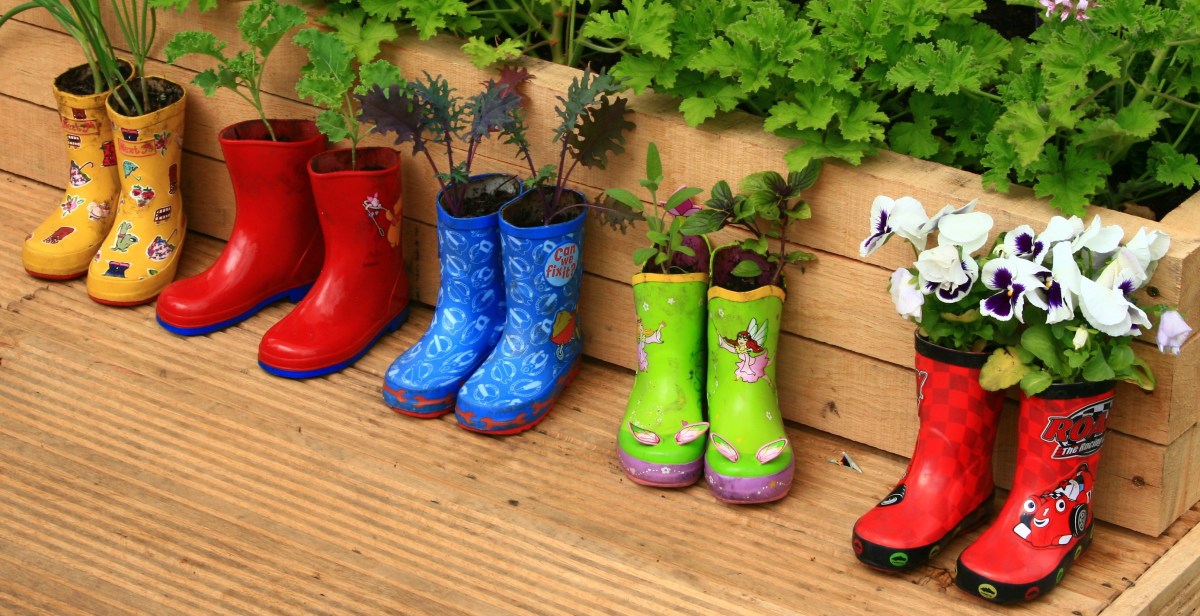Biological Control of the Cabbage Aphid
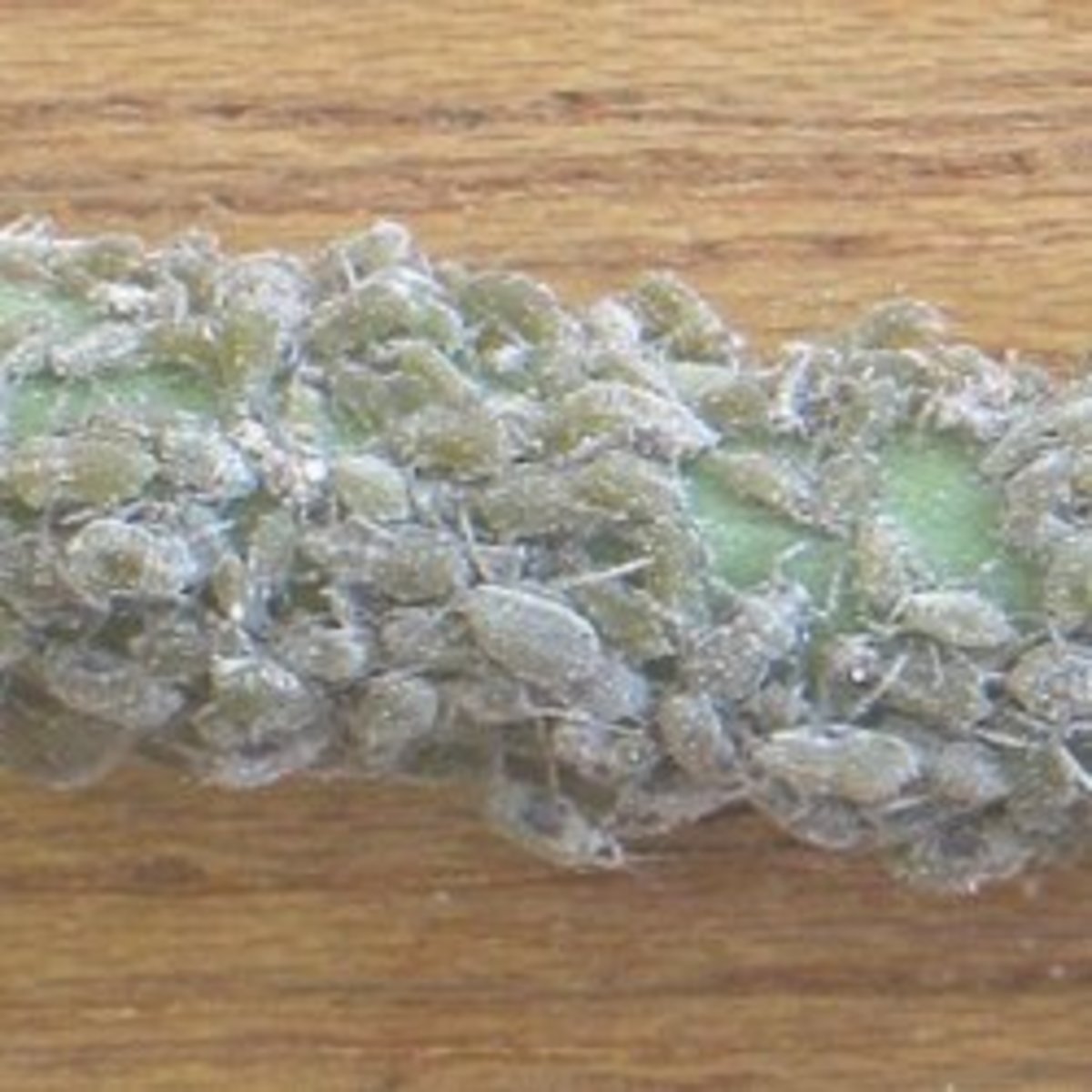
Controlling the cabbage aphid in an environmentally friendly way
The cabbage aphid, Brevicoryne brassicae (Order: Hemiptera; Family; Aphididae) is a severe pest on many brassicacea, especially on cabbages, Brussels sprouts, cauliflower, broccoli, swedes and turnips.
They have a grayish-green color, and are covered with a white powdery wax.
Biology of the cabbage aphid
The cabbage aphid, B. Brassicae, remains on brassicacea throughout the year. During spring and summer the females reproduce parthenogenetically (i.e. the ova develop without fertilization), and produce life young. In May to July, when the populations become too crowded, winged females develop which fly away to establish new colonies on young plants.
In autumn, under the influence of short days and low temperatures, sexual females and males appear. After mating these females lay eggs on the stems and leaves of old plants. These eggs are the overwintering stage of this species. However, in milder areas asexual females may survive the winter, too.
The eggs hatch during the following April, and this generation exists exclusively of asexual females, who start the whole cycle anew.
A winged cabbage aphid
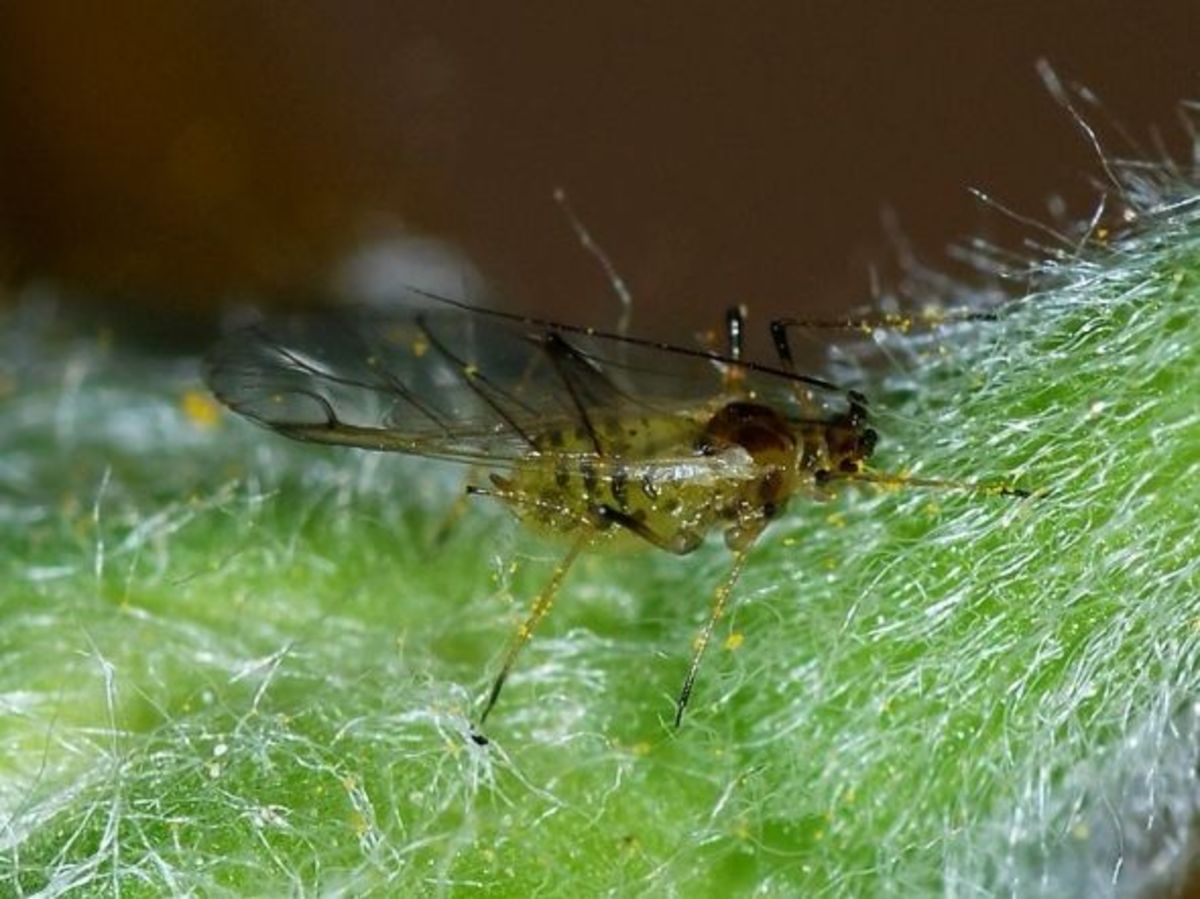
Photo by Alvesgaspar
Damage caused by B. brassicae
The leaves on which the aphids feed develop yellow patches and later become discolored and distorted, caused by their poisonous saliva, and also become covered with a sticky, mealy coating. Severe infestations can check growth, and is often lethal to young and weak plants.
Aphids often penetrate into the centers of sprout buttons, cauliflower florets, and centers of cabbage hearts, making them inedible.
Generally, infestations become serious from July onwards, and by September - October have reached their peak. Apart from causing damage to the crops because of its poisonous saliva, B. brassicae also spreads viruses in cauliflower, turnip, swedes and cabbage.
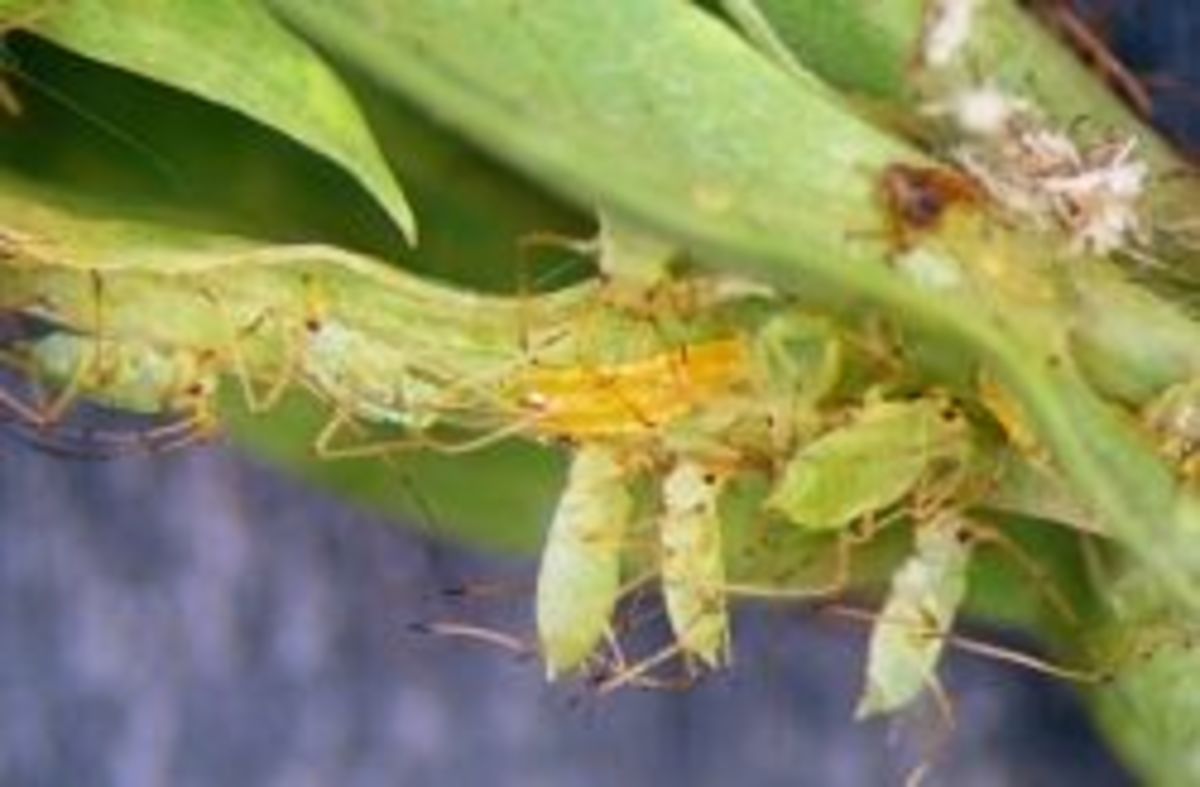
Natural enemies of the cabbage aphid
Aphids have numerous enemies, the most important of these are hoverflies, ladybirds, aphid midges (see photo), flower bugs, the parasitic wasp, Diaeretiella rapae, and lacewings.
But also birds, earwigs, some ground beetles and rove beetles, and spiders are known to prey on aphids.
The parasitic wasp, Diaeretiella rapae, lays eggs in cabbage aphids
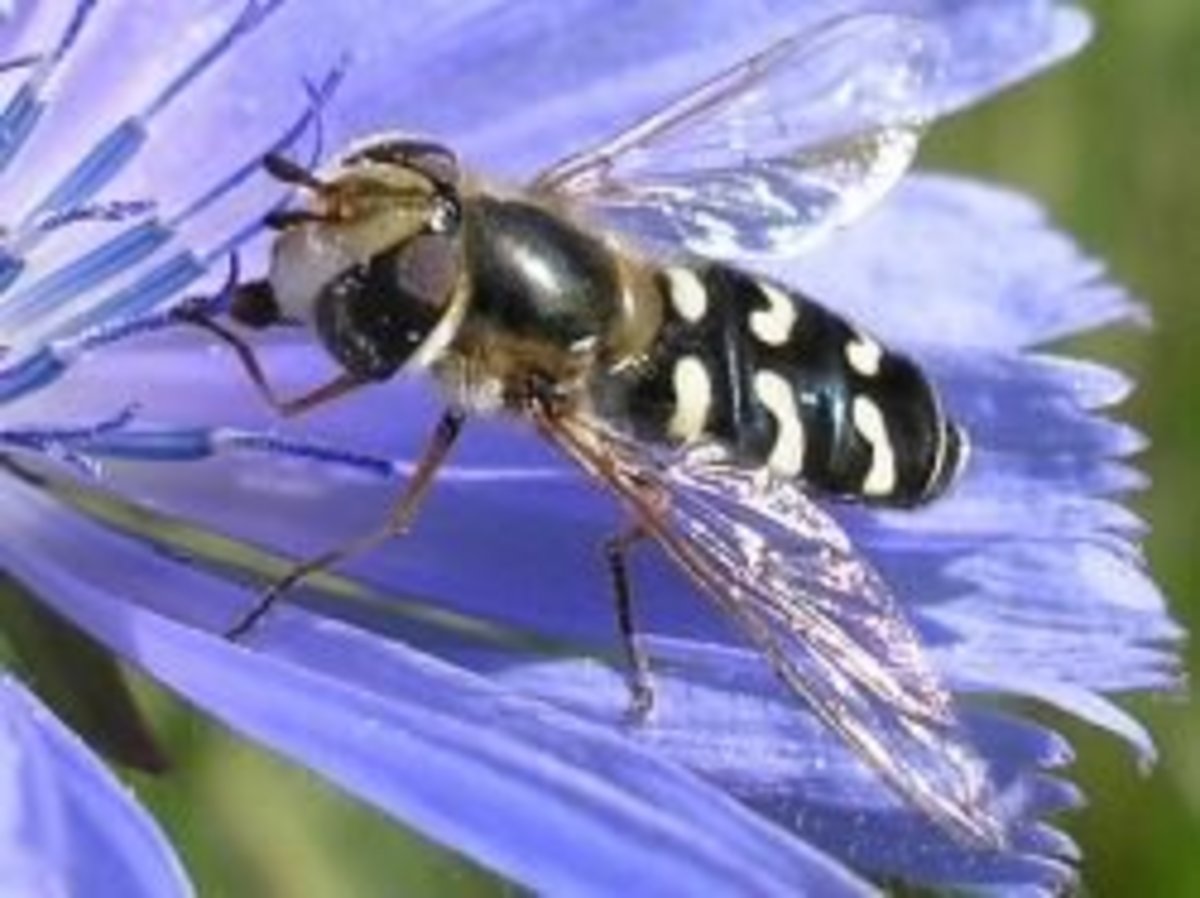
More natural enemies of the cabbage aphid
In a colony of cabbage aphid on our Brussels sprouts we found larvae of hoverflies (Order: Diptera; Family: Syrphidae), devouring happily one aphid after the other.
Because of their color and size adult hoverflies look like bees and wasps, but they are true flies. One can often see them hovering over flowers, apparently hanging completely still in the air. The female hoverfly lays one or more eggs close to an aphid colony. The larvae that appear after 2-3 days search immediately for aphids, and at the end of their larval life they may have fed on some 200 aphids. They feed by piercing the aphid and sucking out the content, thereby often lifting aphids from the plant surface, and during feeding one can observe forward and backward movements of the mouthparts, which helps to break up the tissue of the aphid. The larvae pupate on the plant or in the leaf litter on the soil, and emerge as adults 10-20 days later.
Treatment
- It is recommended to pull up old brassica plants after harvesting, and to burn or bury them, to destroy the eggs. This will reduce local re-infestation in the next spring, although invasion of winged aphids from more remote areas is of course still possible.
- One could also make the garden attractive to hoverflies, by growing plants that form flat-topped open flowers, such as buttercups, umbelliferous herbs (dill or fennel, for example), and many daisy-like flowers (Compositae) such as daisies, sunflowers and marigold.
- An enemy, that is recently becoming important for biological control of this aphid, is the parasitic wasp, Diaretiella rapae (Order: Hymenoptera; Family: Aphediidae).

